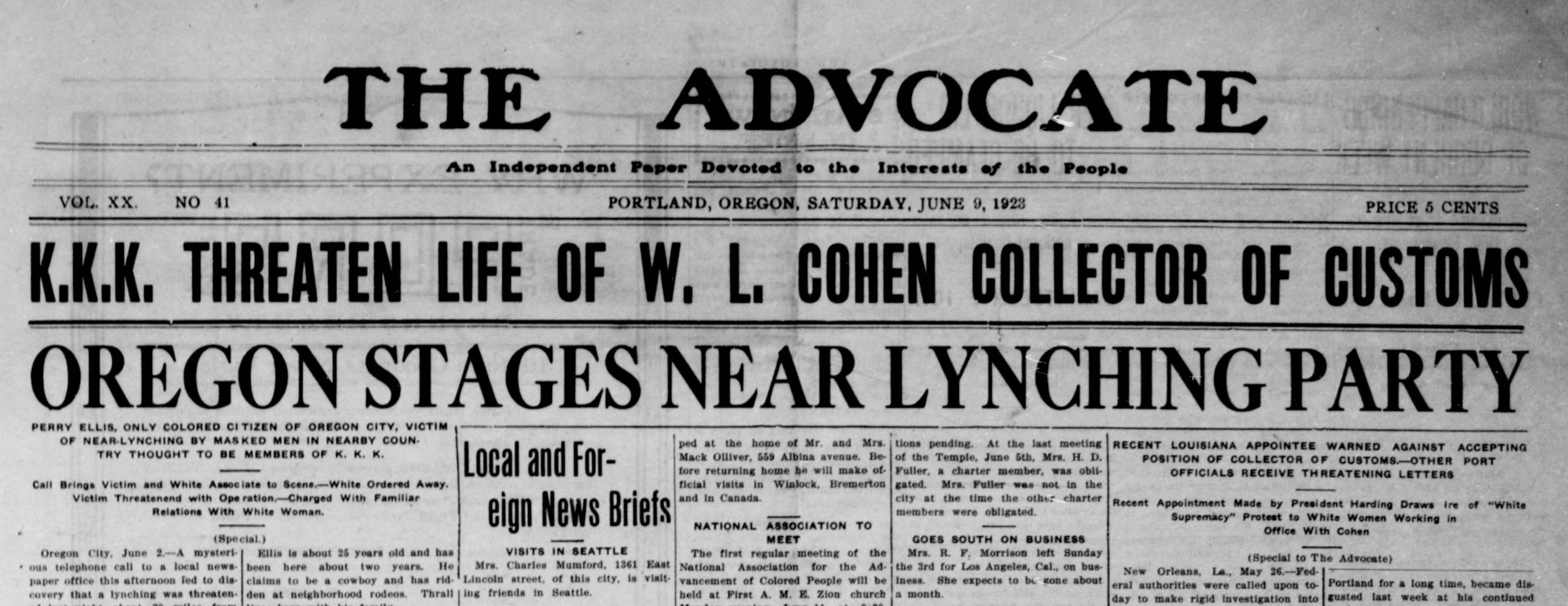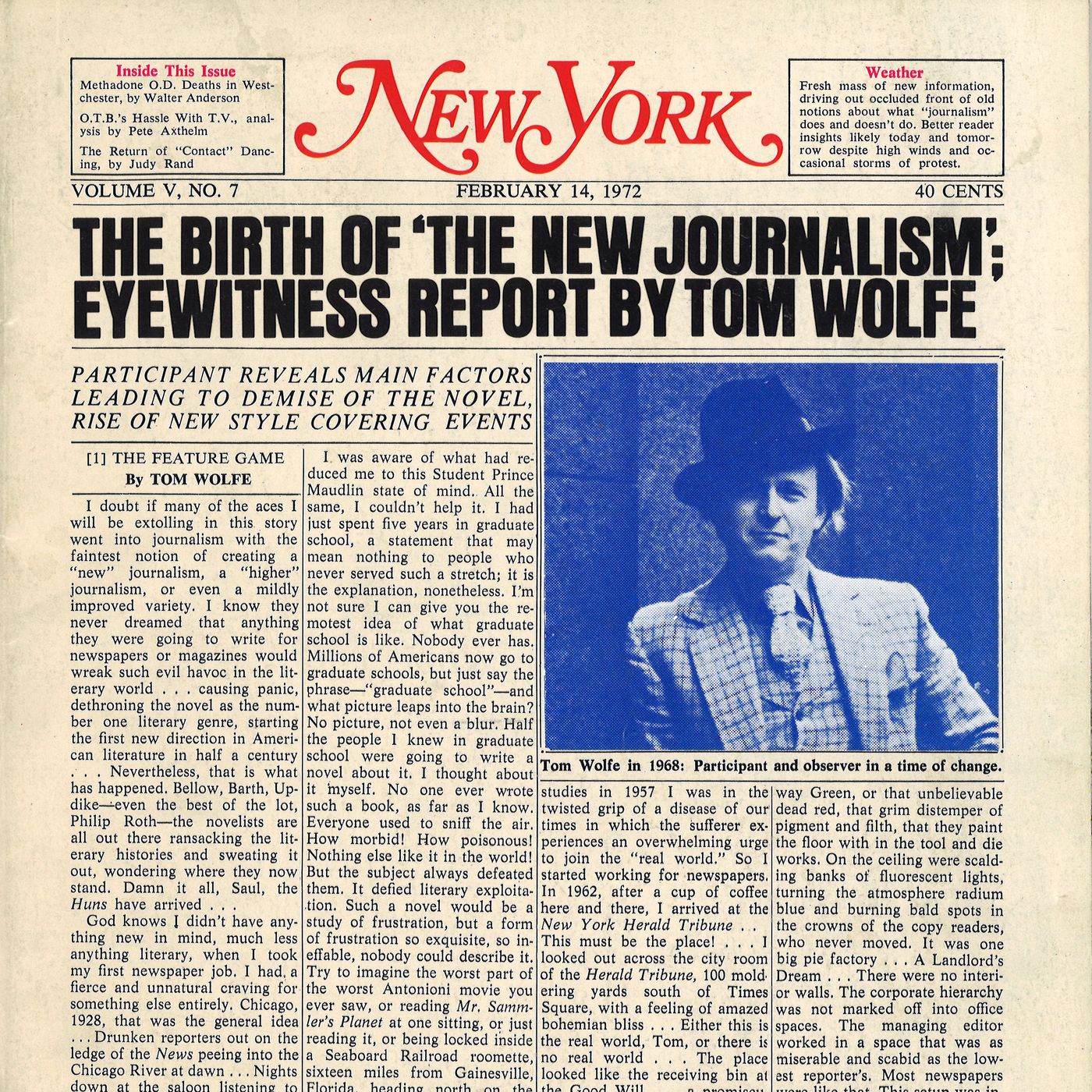Indicators on News Articles You Should Know
Indicators on News Articles You Should Know
Blog Article
The Only Guide for News Articles
Table of ContentsThe Greatest Guide To News ArticlesSome Known Questions About News Articles.Unknown Facts About News ArticlesGet This Report about News ArticlesThe 8-Second Trick For News Articles
Great understanding of various subjects offers students an one-upmanship over their peers. Even though digital and social media are conveniently easily accessible, we should not neglect just how essential it is to review the newspapers. Moms and dads should attempt and inculcate the practice of reviewing a newspaper as a daily regimen to continue the tradition of the adored print tool.Newspaper article also consist of at least among the following crucial characteristics about the intended target market: closeness, prominence, timeliness, human rate of interest, peculiarity, or consequence. The associated term journalese is occasionally used, normally pejoratively, to refer to news-style writing. One more is headlinese. Papers usually follow an expository writing style.
Within these limits, information tales also intend to be thorough. Amongst the bigger and extra highly regarded newspapers, justness and equilibrium is a major variable in offering info.
Newspapers with a global audience, for instance, have a tendency to use a more formal design of writing. News Articles.; usual style guides consist of the and the US Information Style Book.
Getting My News Articles To Work
Generally, reporters will certainly not use a lengthy word when a short one will certainly do. They utilize subject-verb-object building and vivid, energetic prose (see Grammar). They use anecdotes, instances and metaphors, and they hardly ever rely on generalizations or abstract concepts. Information writers attempt to avoid making use of the very same word greater than when in a paragraph (in some cases called an "echo" or "word mirror").
Headlines often omit the subject (e.g., "Leaps From Boat, Catches in Wheel") or verb (e.g., "Cat woman lucky"). A subhead (additionally subhed, sub-headline, subheading, subtitle, deck or dek) can be either a subservient title under the primary heading, or the heading of a subsection of the post. It is a heading that comes before the primary text, or a group of paragraphs of the major message.

Added billboards of any of these kinds may appear later on in the write-up (particularly on subsequent web pages) to lure additional analysis. Such signboards are also used as reminders to the post in other areas of the magazine or site, or as advertisements for the item in other magazine or websites. Normal structure with title, lead paragraph (recap in bold), other paragraphs (details) and call information.

Instance of a hard-lead paragraph NASA is recommending another space project. The agency's budget request, announced today, included a plan to send out an additional goal to the Moon. This moment the firm wishes to develop a long-lasting facility as a jumping-off place for other space adventures. The budget demands about $10 billion for the task.
The NASA news came as the firm asked for $10 billion of appropriations for the task. An "off-lead" is the 2nd essential front page information of the day. The off-lead shows up either in the top left corner, or directly listed below the lead on the right. To "bury the check my site lead" is to start the write-up with history information or information of additional value to the visitors, requiring them to read even more deeply into an article than they should need to in order to discover the important factors.
The Main Principles Of News Articles
Usual usage is that one or more sentences each create their own paragraph. Journalists usually define the organization or framework of a newspaper article as an inverted pyramid. The crucial and most intriguing aspects of a tale are put at the beginning, with sustaining details following in order of lessening significance.
It permits individuals to discover a subject to only the deepness that their inquisitiveness takes them, and without the imposition of details or nuances that they might consider pointless, yet still making that details available to much more interested visitors. The upside down pyramid framework additionally makes it possible for short articles to be cut to any kind of arbitrary length during format, to suit the space available.
Some writers start their stories with the "1-2-3 lead", yet there are lots of kinds of lead available. This layout usually starts with a "5 Ws" opening up paragraph (as explained above), complied with by an indirect quote that serves to support a major element of the first paragraph, and afterwards a straight quote to sustain the indirect quote. [] A kicker can refer to multiple things: The last tale current program; a "satisfied" tale to end the show.
Longer write-ups, such as publication cover articles and the items that lead the inside areas of a paper, are understood as. Function tales differ from straight information in several means.
The Definitive Guide for News Articles
An attribute's initial paragraphs commonly connect an interesting moment or event, as in an "anecdotal lead". From the particulars of a person or go to the website episode, its view swiftly widens to generalities about the story's subject.

The Editor's Tool kit: A Recommendation Overview for Beginners and Professionals (2001) Allan M. Siegal and William G. Connolly. The New York Times Guidebook of Style and Use: The Authorities Style Overview Used by the Writers and Editors of the Globe's The majority of Reliable Newspaper (2002) M. L. Stein, Susan Paterno, and R.
Report this page